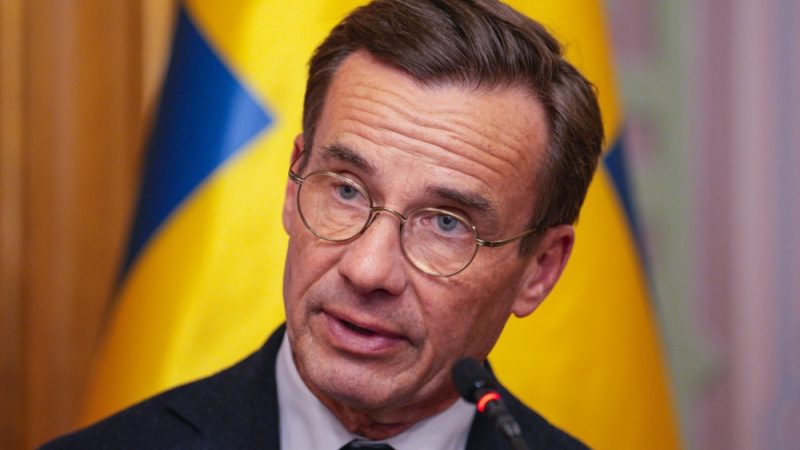EUROPE
Sweden officially joins NATO, ends 200 years of military neutrality

Sweden became NATO’s 32nd member on Thursday 7 March, after Prime Minister Ulf Kristersson handed over the membership documents to the US State Department, ending more than two centuries of military neutrality.
Kristersson presented his country’s accession documents to US Secretary of State Antony Blinken in Washington. Kristersson said it was a ‘truly historic day’ and thanked the US for its efforts throughout the process.
“Sweden is leaving behind 200 years of neutrality and military non-alignment. This is a very big step, but it is also a very natural step,” said the Swedish leader.
NATO Secretary General Jens Stoltenberg congratulated the new member of the Alliance, arguing that Sweden’s membership makes NATO stronger and Sweden and the entire Alliance more secure.
“Today’s participation shows that NATO’s door remains open and that every nation has the right to choose its own path,” Stoltenberg said.
The last time Sweden formally declared war on another country was during the Swedish-Norwegian War in 1814. However, Sweden has taken part in military engagements but never officially declared war, and Stockholm remained neutral during the Second World War.
“Finally,” said Micael Bydén of the Swedish Armed Forces on Thursday, adding that they will be ready ‘from the first minute’ as his country has been preparing for this moment for almost two years.
The Swedish flag is expected to be raised at NATO headquarters in Brussels on Monday 11 March.
Sweden will now begin the process of being integrated into NATO’s structures, including the Alliance’s “defence and deterrence” plans, and it could take years for the country to become fully integrated.
The most immediate change for the Swedish Armed Forces will be greater access to intelligence information. “Now the tap has been opened for information that we could not get before we became a member of NATO,” Bydén said.
According to him, the Finnish armed forces are advising their Swedish counterparts to prepare for an intensive post-accession period in the run-up to Stockholm’s NATO membership. Sweden’s air and naval forces will be integrated into NATO command structures, such as air intervention and maritime surveillance of the Baltic Sea.
Sweden is expected to provide NATO with a navy well adapted to the Baltic Sea, an air force equipped with locally developed Saab Gripen fighters and a strong defence industry.
“We will continue to do much of what we have been doing, but we will do it under the umbrella of NATO membership,” Bydén said.
Another important change will be NATO’s involvement in defence planning, and the NATO headquarters will consist of some 250 officers.
According to Bydén, this may be difficult, but Sweden will have five or six years to do it effectively and to replace the personnel from the Swedish Armed Forces that will be sent to NATO headquarters.